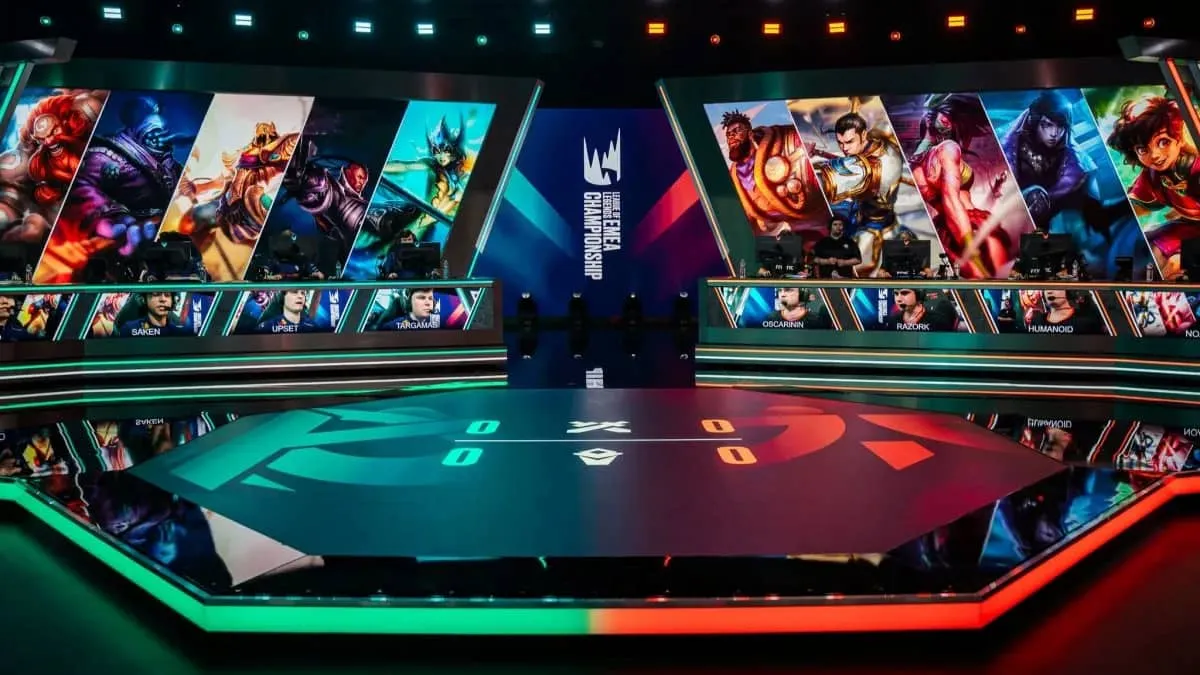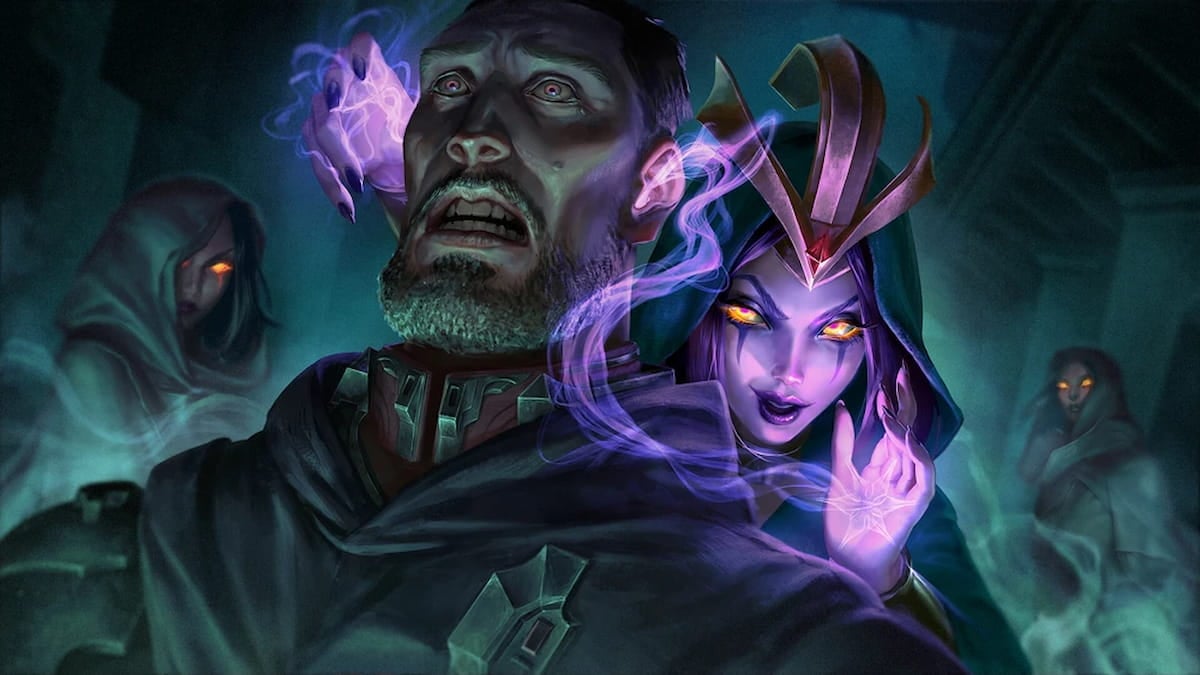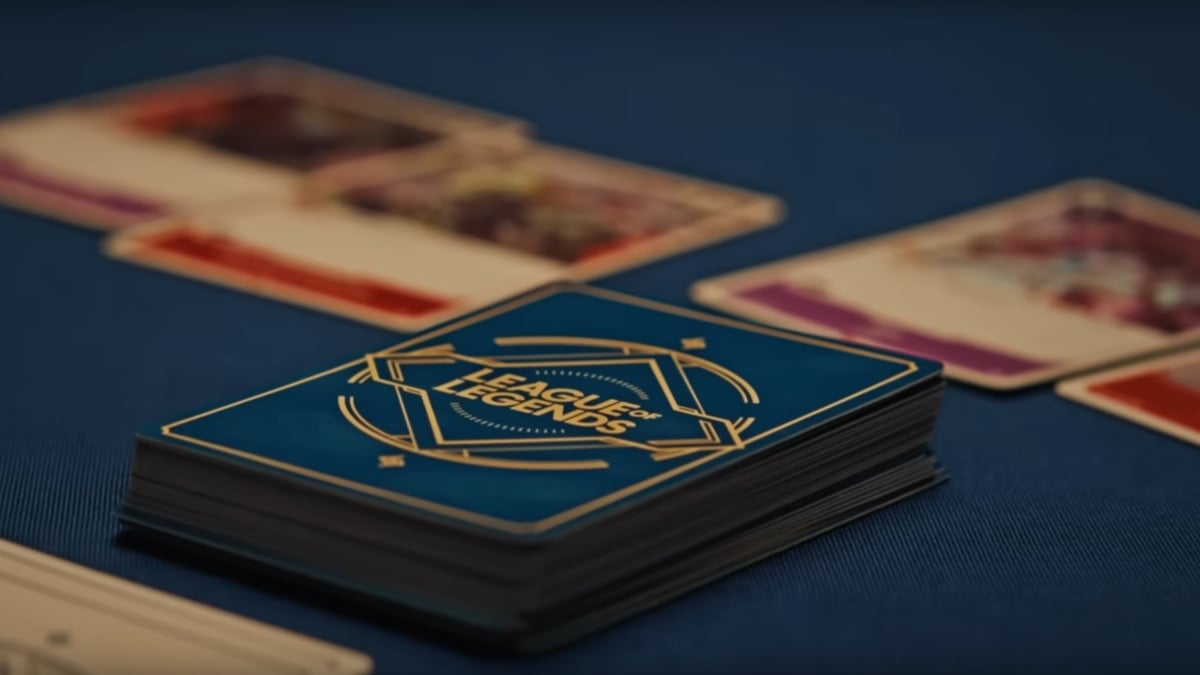Team Liquid is fresh off a Semifinal loss to Cloud9 in a heartbreaking five-game series that looked to be well in hand after the first two games. Liquid had stormed out to a 2-0 series lead on the back of strong performances from Piglet’s 12-2-4 Lucian in Game 1, then FeniX’s surprising 9-1-10 Azir and Quas’s 7-2-7 Hecarim in Game 2. The team was riding high, and demonstrating their ability to carry from all three lanes.
A couple of hours later it had all melted away into bitter defeat after three straight losses, capped off by an opening skirmish in Game 5 that ended the game almost before it had even begun.
 But long before Game 5 was decided in the first few minutes by LemonNation’s solo jungle harass, Team Liquid was mentally on the ropes. Cloud9’s Game 3 victory had given the higher-seeded team a surge of hope and a recipe for success, while on Liquid’s side the loss opened up old mental wounds, rekindling memories of the reverse sweep they suffered at the hands of LMQ in Summer 2014, a loss which denied them a chance to play at the World Championships.
But long before Game 5 was decided in the first few minutes by LemonNation’s solo jungle harass, Team Liquid was mentally on the ropes. Cloud9’s Game 3 victory had given the higher-seeded team a surge of hope and a recipe for success, while on Liquid’s side the loss opened up old mental wounds, rekindling memories of the reverse sweep they suffered at the hands of LMQ in Summer 2014, a loss which denied them a chance to play at the World Championships.
Game 5 officially determined the winner of the series, but in many ways Game 3 was the deciding game.
Game 3: The Turning Point
It sounds odd to claim that the team that’s behind 2-1 in a best of five has the upper hand in the series, but that was exactly how it felt as we watched the Nexus explode at the end of Game 3. It seemed like TL’s window for securing the upset had just slammed shut. Cloud9 had seized the momentum, and now they were ready to carry it through to the end.
Liquid’s Game 3 loss ultimately came down to three things: picks and bans; an early game disadvantage; and a huge missed opportunity in the mid game, one that paved the way for Cloud9 to take the series win.
Picks and Bans
Liquid had jumped out to a 2-0 lead in the series, and now they busted out a modified JuggerMaw composition in Game 3 to try to close things out. The modification was probably a reactive one: when Cloud9 picked Corki for Hai in the Mid lane, Team Liquid’s most obvious selection for their own Mid laner was suddenly gone.
TL probably should have been prepared for this: after all, Hai had already played Corki in Game 1, so it was a relatively predictable pick for C9 to make. The reaction, though, felt unplanned and poorly thought out. Liquid gave Lulu to FeniX instead of Quas and decided to put a tank (Sion) in the Top lane. Instead of a full JuggerMaw, the composition was starting to look more like a run-of-the-mill Protect the AD Carry.
This was not a variation pulled out of a hat: in fact, it was almost exactly the same composition Team Liquid had run in their very first game of the split, with the only difference being Sion in Top instead of Gnar. But despite the success Liquid had in that first game of the split, in my opinion the choice to put Sion in Top and Lulu in Mid created three issues: it created a team with only one real damage source, it put FeniX on a non-carry champion, and it put Quas on a straight-up tank.
Single Damage Source
JuggerMaw compositions can work when Kog’Maw is the only damage source, if the entire rest of the team is dedicated to support roles. But more commonly, Kog’Maw is paired with a second carry, often Corki (which was intentionally picked away by Cloud9), or perhaps Ahri on earlier patches. The second carry is often mobile, to allow them to defend themselves while the rest of the team’s focus is on buffing up Kog’Maw. The Mid laner often has good range and poke, as well, to allow them to contribute to team fights from a relatively safe distance.
Team Liquid’s composition had no secondary carry, instead turning to Sion to offer peel and front-lining. This is what turned the team comp into more of a Protect the AD Carry: in JuggerMaw the front line is supposed to be Kog’Maw himself, but with Sion around to provide tank duties it makes a lot less sense to have Kog’Maw front-line the fights, because then Sion wouldn’t have to be bypassed to hit the priority target.
Protect the AD Carry is still a solid play style in its own right, but having watched how Team Liquid ran the JuggerMaw vs. CLG in the Quarterfinals, it seems like the Lulu Mid/tank Top approach was a fall-back plan at best.
Full credit has to go to Cloud9 for disrupting TL’s plans when they picked away the Corki, but there were other options for FeniX, including the aforementioned Ahri, perhaps Ezreal, or even Zed. There may be good reasons why Team Liquid didn’t pick any of those champions, but from the outside looking in, the Sion choice seems dubious when more standard options for the composition were available in the Mid lane.
FeniX on Lulu
In games 1 and 2, FeniX played Lissandra and Azir, two champions with good damage output and team fight potential. Lissandra excels at starting or following up on team fight engages, while Azir can peel for himself and extend fights, allowing himself to churn out sand soldier auto attacks, especially when Nunu is supplying Blood Boil buffs.
FeniX has demonstrated his team fight prowess and ability to carry at different times this split, though he’s been admittedly inconsistent. He really came on for the playoffs, though, excelling in the Quarterfinals vs. CLG and in the first two games vs. Cloud9. Putting him on Lulu took a lot of that carry potential away.
The decision is made even more curious by Quas’s excellence as a Lulu player. But instead, Quas got Sion…
Quas on Sion
Let’s be clear: Quas can play anything. He has plenty of history playing tanks, especially last season when the Renekton, Shyvana, Dr. Mundo trifecta was monopolizing the Top lane.
But this split Quas’s tank play hasn’t worked out too well for the team. In the regular season he played seven games on tanks (Dr. Mundo, Gnar, Maokai, Renekton) and only won two of those (one win in three games on Gnar, one win in two games on Renekton). One of those wins was the Gnar he played in week 1 with the Keith-led JuggerMaw.
In the Quarterfinal vs. CLG, Quas played Rumble, Lulu, and Hecarim, not a tank to be seen.
To be fair, Quas did play Sion vs. C9 in Game 1, which resulted in a TL victory, so it’s safe to be assume that he had been practicing it leading up to the Semifinals and felt comfortable and confident on the champion. But it didn’t seem like an optimal choice for a player who has earned a lot of praise this year for his versatility and mechanics, especially on non-tank champions.
Early Game
Picks and Bans don’t usually decide games all on their own: Team Liquid also made mistakes in the way they played out their early game. Liquid gave up First Blood less than five minutes into the game on a bot lane gank by a level 4 Sejuani, with Xpecial falling victim. Quas and FeniX were unable to use their early lane bully champions to secure CS leads over Balls’ Hecarim and Hai’s Corki. All three of Team Liquid’s lanes were behind in CS at 10 minutes.
Then TL gave up the first Tower at 15 minutes, and even though they had grabbed the first Dragon uncontested, the early gold deficit proved too much to overcome.
With only Kog’Maw to rely on for damage, Team Liquid likely would have had to survive until 40+ minutes for their composition to really start working, and Cloud9 is usually too good of a team to let an early lead go to waste.
Unless they make a big strategic misplay, which they almost did at the 22-minute mark.
Missed Opportunity
With a gold lead of around 3,000 at 22 minutes in, and both side lanes pushing, Cloud9 took advantage of Team Liquid’s spread-out positioning and tried to rush down Baron Nashor. They had made a similar attempt in Game 1, and had simply been chased off with no bloodshed, but now C9 was ready to give the tactic another shot.
Liquid wasn’t able to collapse in time, but they had Nunu’s fearsome Smite-Consume combo to attempt the steal. IWDominate Flashed into the Baron pit with good timing, didn’t get immediately CCed, and seemed like he had a perfect steal opportunity. But Cloud9 pulled back their damage at just the right moment, baiting out Dominate’s Smite and Consume too early, and Meteos secured the Baron with his own Smite.
It was a massive missed opportunity, and not just because it would have denied the Baron buff and team gold from Cloud9. Even without stealing the Baron, Team Liquid had just completed their collapse, and began to rain down AoE into the Baron pit with Kog’Maw’s Living Artillery, while most of Cloud9 was held down by Nunu’s Absolute Zero. Cloud9 was on the run, and a Sion ultimate into the mouth of the pit secured two kills, with LemonNation’s Nautilus getting chased down for a third kill shortly after.
At that point in the game, a Baron buff on Team Liquid’s four surviving members would probably have resulted in two Tower kills or more, which would have translated into a decent Team Liquid gold lead. TL would have been in position to siege up, dictate team fights with their zone control and counter-engage, and likely close out the game and the series.
Instead, Team Liquid wasn’t able to take any objectives, left the Baron buff up on two C9 members, and had to defend against the siege themselves.
Game 3 was lost. Effectively, so was the series, because with that successful Baron rush, Cloud9 had found a recipe for success.
Game 4: Following the Recipe
It should have been possible for Team Liquid to rally from the Game 3 loss and close out the series in either of the games that followed, but of course it didn’t play out that way, both because of mental mistakes on Team Liquid’s side and calculated play from Cloud9, following the winning recipe they’d discovered in Game 3.
Cracks in Team Liquid’s Mental Armor
At Game 4’s first team fight, around a contested Dragon, FeniX made a significant mistake by Flashing in and using Urgot’s Hyper-Kinetic Position Reverser to pull Hai’s Corki further away from the rest of Team Liquid, facilitating his escape. It was an over-aggressive, ill-considered play, a sign of a mental lapse. Team Liquid had secured the Dragon and had a 5v4 advantage, having just killed Balls in the bottom lane, but IWDominate and Xpecial had low health bars from Dragon damage, and FeniX’s misplay allowed Cloud9 to turn and fight. The end result was FeniX’s death and a loss of map pressure, but more importantly, that moment in Game 4 symbolized Team Liquid’s loss of control. They were showing weakness in their ability to make smart, coordinated plays, further evidenced by their poor positioning for the game’s second Dragon: Liquid was unable to contest that objective, and wasn’t even able to trade tower damage or lane pushing. They were becoming disorganized.
Cloud9’s Path to Victory
Meanwhile, Cloud9 was preparing themselves to pull a repeat of what had won them Game 3: as the third Dragon of the game spawned, Cloud9 turned to rush Baron while Team Liquid indecisively sent two members to take the Dragon, and then arrived at the Baron pit a little too late. Again, like Game 3, Team Liquid scored three kills after Baron went down, but couldn’t convert those kills into any objectives, while C9 still had two Baron buffs to work with.
Cloud9 went once more into the breach in Game 4 with another Baron attempt, again with Team Liquid spread across the map and out of position for a full contest, and this time Cloud9 used the Baron as a simple bait, taking a 3 for 1 trade in kills and grabbing the Baron afterwards. C9 extended their gold lead with decisive map play, won team fights with better coordination and organization, and pushed the series to Game 5, where they completed the comeback.
Conclusion
Game 3 of the C9 vs. TL Semifinal gave Cloud9 exactly what they needed: an effective, repeatable strategic play and a healthy serving of hope. At the same time, the loss exposed some mental weaknesses in Team Liquid, leading to the mistakes and disorganization that cost them the series.
There will be many lessons for Liquid to learn from their losses. Mental resilience will probably top that list, both during picks and bans when faced with the need to react to having a champion picked away from them, and within a series when their momentum is halted by a disappointing game loss.
The good news is that they don’t have to wait long to put those lessons into practice. There is still an opportunity to break the “Forever Fourth” curse by defeating Team Impulse in the third-place match. Time will tell if Team Liquid has developed the mental strength to bounce back and earn the Hawaii trip their owner has promised if they finish in the top three.






Published: Apr 14, 2015 08:51 am